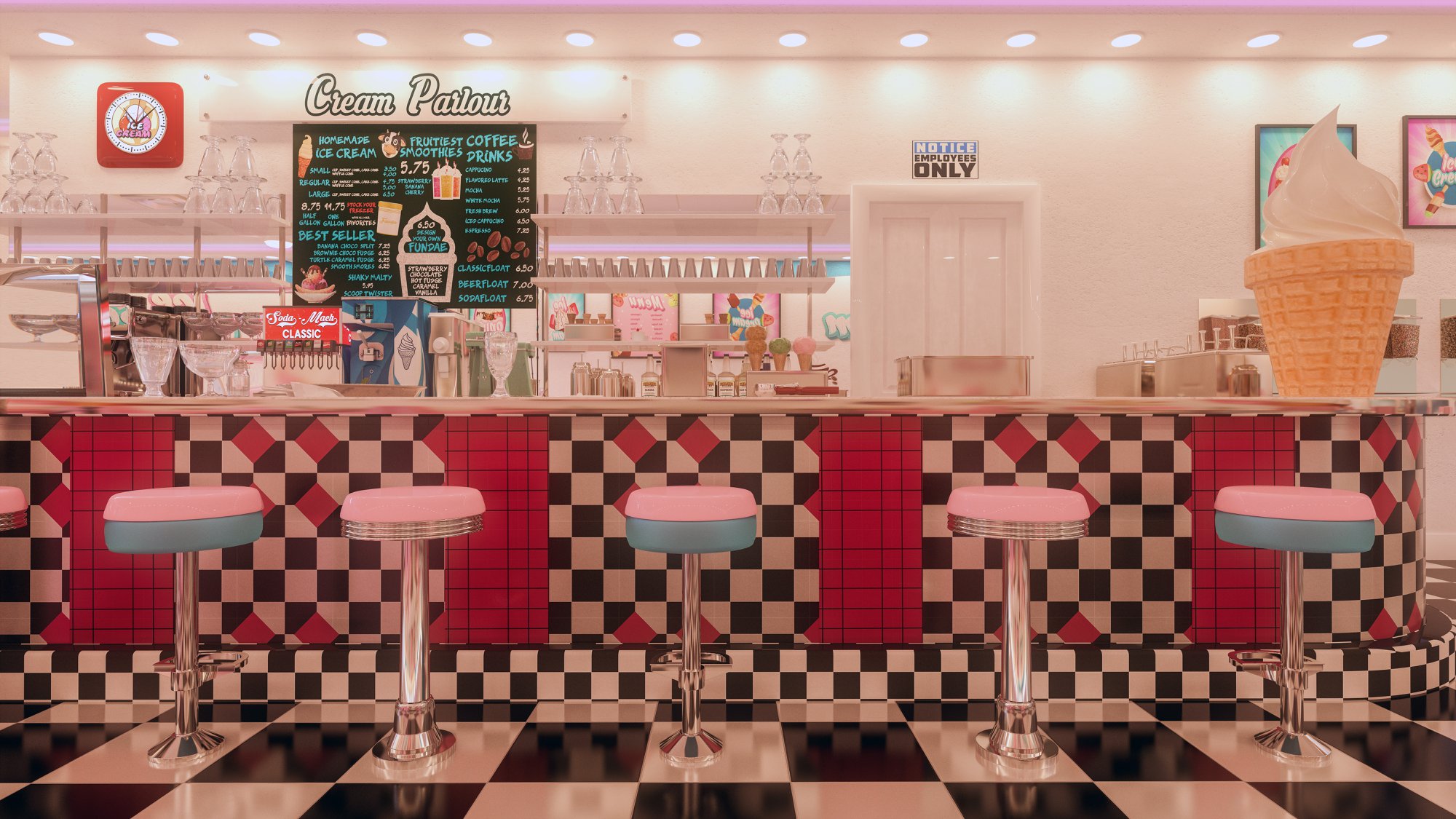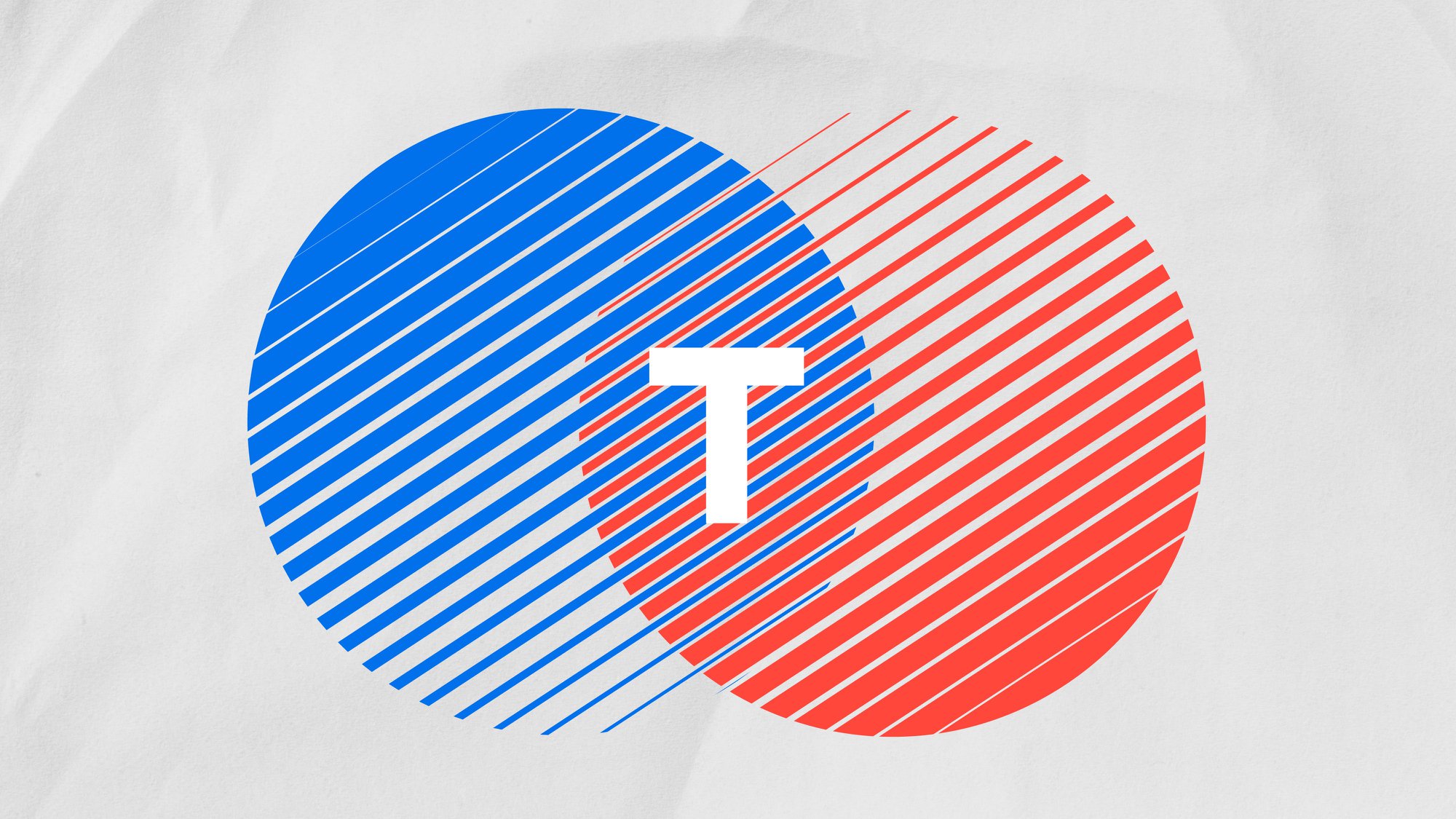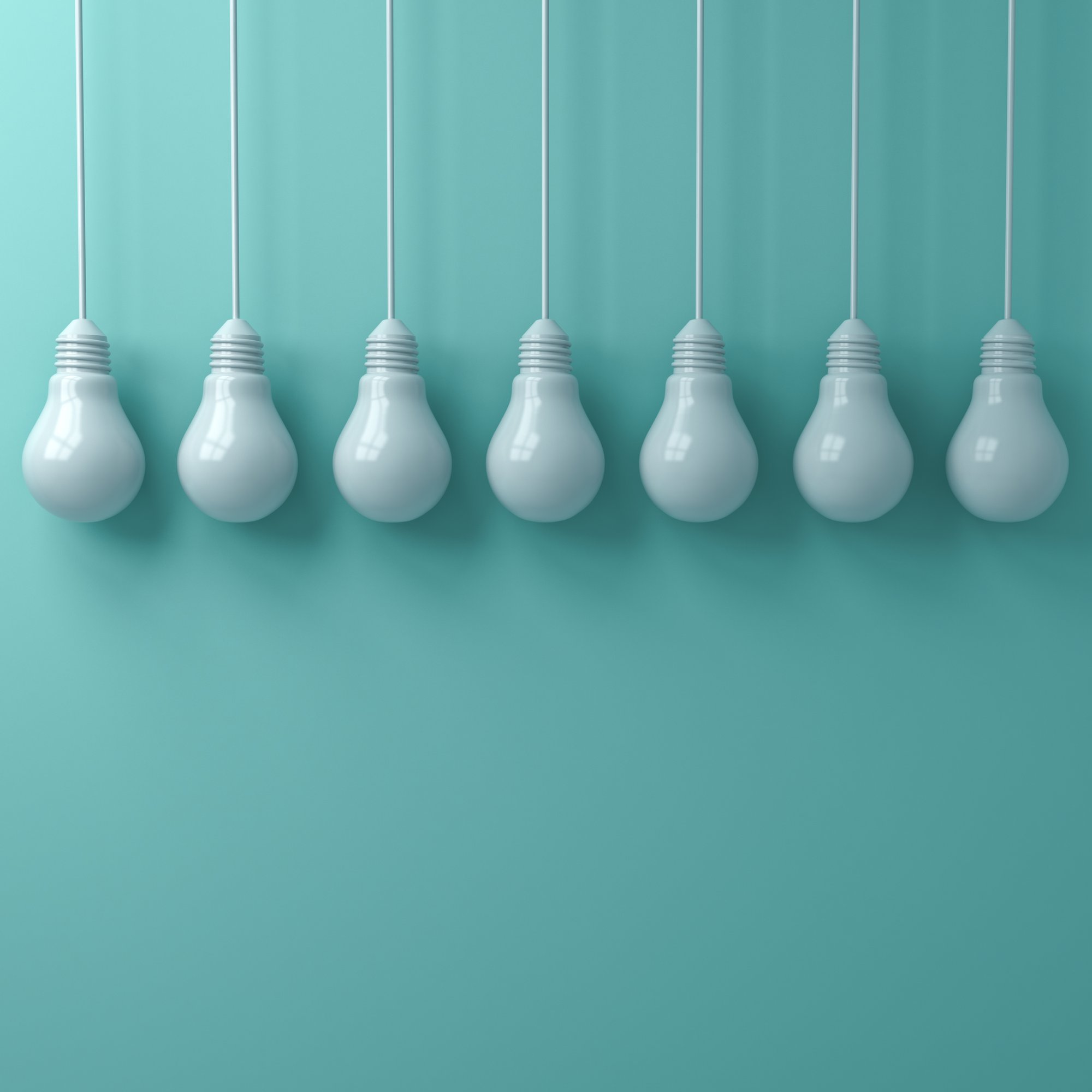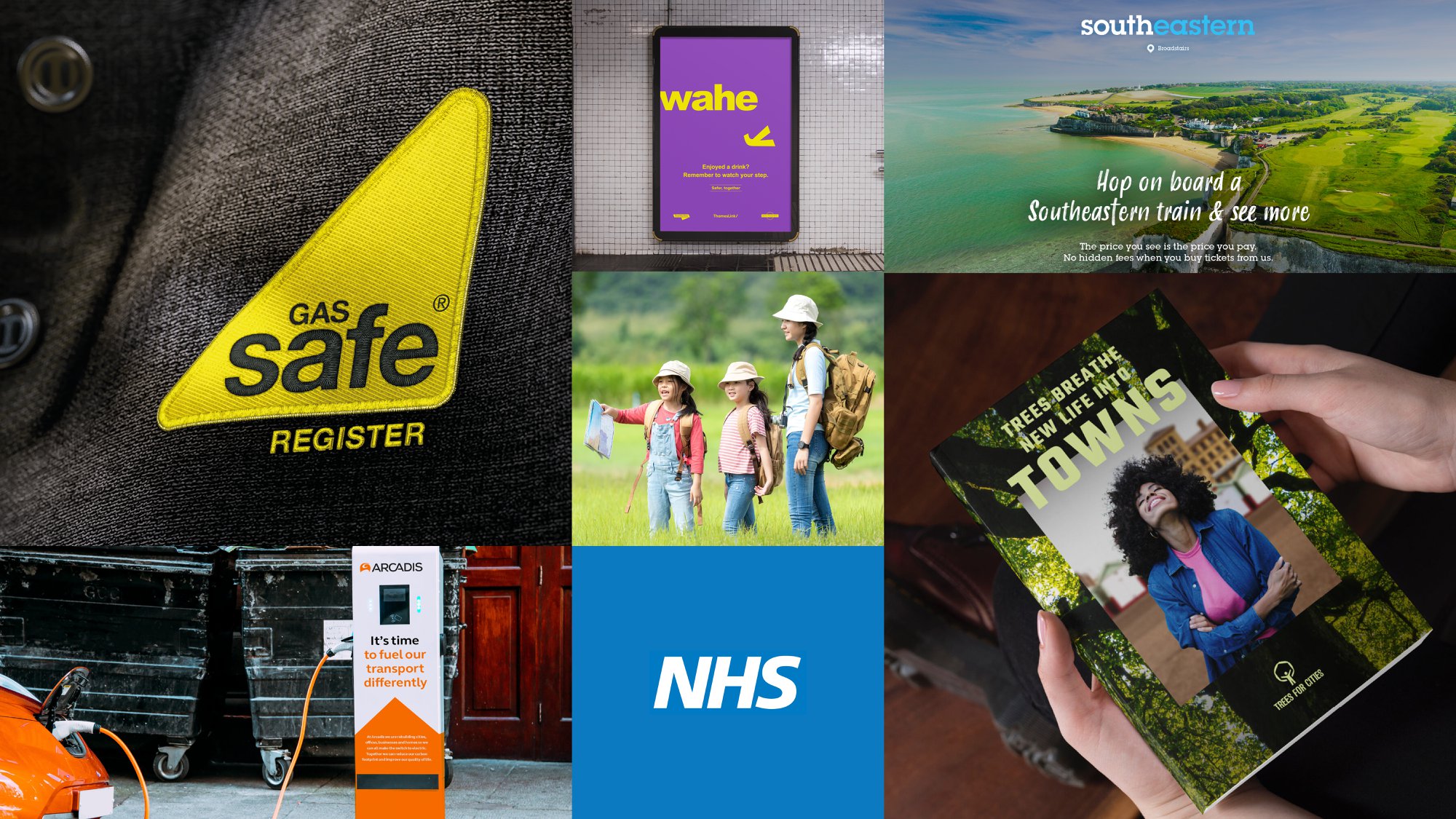Nostalgia Marketing – Unlocking the Trend in 2025

Nostalgia is having a moment in marketing.
We can see it in action in Kellogg’s ‘See you in the morning’ campaign, using their iconic rooster to evoke memories of childhood. Or in Hellman’s ‘When Sally Met Hellman’s’ advert, featuring Billy Crystal and Meg Ryan – an ode to Rob Reiner’s 1989 classic film When Harry Met Sally.
Even if the audience wasn’t alive when the iconic restaurant scene featured in the Hellman’s advert caused a frenzy in the media, it still has that ‘I’ll have what she’s having’ impact.
And it goes to show that we can feel nostalgic for moments we weren’t alive for, or part of.
Think Gen Z’s reaction to Stranger Things. None of them were alive in the 80s, yet it was a huge success. Kate Bush soared to the top of the charts. Everyone longed for a time before phones and social media, when kids would communicate through walkie-talkies.
And this isn’t a new concept in marketing.
Or in the zeitgeist. I went through a grunge phase when I discovered Nirvana in 2009. A bit late to the party, some would say, but I was 14. Interestingly – this obsession with Kurt Cobain, and the anti-establishment message of the 90s Seattle grunge scene, coincided with the height of the UK recession.
Social media murmurings suggest that nostalgia’s comeback in marketing campaigns is the sign of an impending financial crash.
The idea being that we dream of the past, when the present is bleak. And for many, this is a dangerous concept. When people start yearning for times of old, they lose sight of the progressive steps forward we have made as a society.
Look at MAGA, Brexit, and low rise jeans.
But in historian Agnes Arnold-Forster’s article for the Guardian, she celebrates nostalgia as a positive emotion. One that connects us with the past, present and the future.
Whether you think nostalgia is good or bad, it’s undeniable that when used positively to benefit brand and audience, it has wide reach and impact. And raises brand awareness and connection.
So, how can we leverage nostalgia in our brand marketing, and how can we do it well?

Nostalgia Marketing and The Psychology Behind It
One of my nostalgic favourites is revisiting my year at art school in 2013.
I reminisce over the experimental hairstyles, the overpowering smell of white spirit fumes, the friends I made, the excitement for the future, our final art show and the subsequent photos shared on Instagram (when Instagram had only just become cool).
I tend to yearn for my oil painting days when things in my life are not so hunky dory.
During Covid, I spent most of my time locked inside wishing I could go back in time and relive that year. And this correlation isn’t unusual. Research has found that a lot of people turn to nostalgia as a remedy for powerlessness.
In fact, in a study conducted during the Covid-19 lockdown, it was found that feelings of nostalgia enhanced happiness by 10%.
And now, considering the vast rate of change in our society – a still recovering post-pandemic landscape, the rise of AI, technological advancements, global political tension and multiple wars, threats to the status quo and uncertainty for the future – feelings of powerlessness are rampant.
So, it’s no wonder that nostalgia marketing campaigns are popular. They bring us a slither of comfort and joy amidst the doom and gloom. And they drive positive association – helping us connect with ourselves and the brand.
Nowstalgia – Marketing Nostalgia in 2025

Whether we like this name or not, the trend has been coined Nowstalgia.
And it’s all about breathing new life into the past, not just recycling it. As noted in consumeradditions:
From fashion brands to tech companies, nowstalgia allows brands to merge timeless values with modern-day expectations.
And this merge has great ROI. It connects with all ages – attracting older audiences who remember the throwback, and younger audiences who might not but appreciate the brand’s updated, modernised form.
Gap’s surprising revival is a great example of this. In recent years, Gap closed all of their UK and Ireland stores as a result of financial issues, and then had to cut ties with Kanye West after his anti semitic remarks.
Things were not looking great for the iconic brand.
But now celebrities like Timothee Chalamet and Cynthia Erivo are wearing Gap on the red carpet.
So how did they do it?
Gap’s new chief exec, Richard Dickson, attributes Gap’s newfound success to it’s brand promise.
Consistently producing great quality, durable and affordable clothes. And this stands out to consumers in an environmentally aware culture inundated with fast fashion.
And, if you think about it, the celebrities wearing Gap clothing were children in the 1990s. Gap opened Gapkids in 1987, and baby Gap in 1990.
Like me, they probably owned one or two of the infamous Gap fleece jumpers. So, Gap would hold sentimentality and a meaningful connection to their childhood.
They activated this by using celebrity as well as influencer endorsement across social media.
You could say, Gap is bridging the gap between their legacy and their current, cultural relevance.
(sorry – I had to).
Striking the Right Balance: Innovating the Past

While Gap revive their nostalgic lore, other brands are referencing trends from the 80s, 90s and early 2000s to bolster their campaigns.
And it works. As noted in The Drum, Forbes reported that 80% of millennials and GenZ’s are drawn to brands who tap into nostalgia. And 92% of consumers feel that nostalgia makes an advert more relatable.
But, you must make it relevant. Think of Charli XCXs’ brat summer. An album and marketing campaign drawing upon early 2000s club culture, to a fanbase who primarily weren’t involved in it. A strategy so successful, Kamala Harris used it in her campaign for presidency.
Why was it so powerful?
It blended Y2K symbolism and culture with female agency and power – in a time where women’s rights were (and still are) under threat in the USA, and across the globe. And Andrew Tate’s influence is widespread.
This rebellion is visually articulated in the choice of font size and colour, evoking memories of early 2000s Tumblr and MySpace – resonating with and unifying a modern audience.
Final thoughts
Nostalgia is a powerful emotional tool that, when used well, can foster deep audience connection and brand loyalty.
As we navigate uncertain times, nostalgia marketing campaigns offer a sense of comfort and familiarity, bridging past and present in a way that feels both relevant and refreshing. But the key to success isn’t just in revisiting the past—it’s in reinventing it.
How can we harness nostalgia in a way that feels fresh, meaningful, and impactful? The brands that master this balance won’t just remind us of the past; they’ll shape the future.




